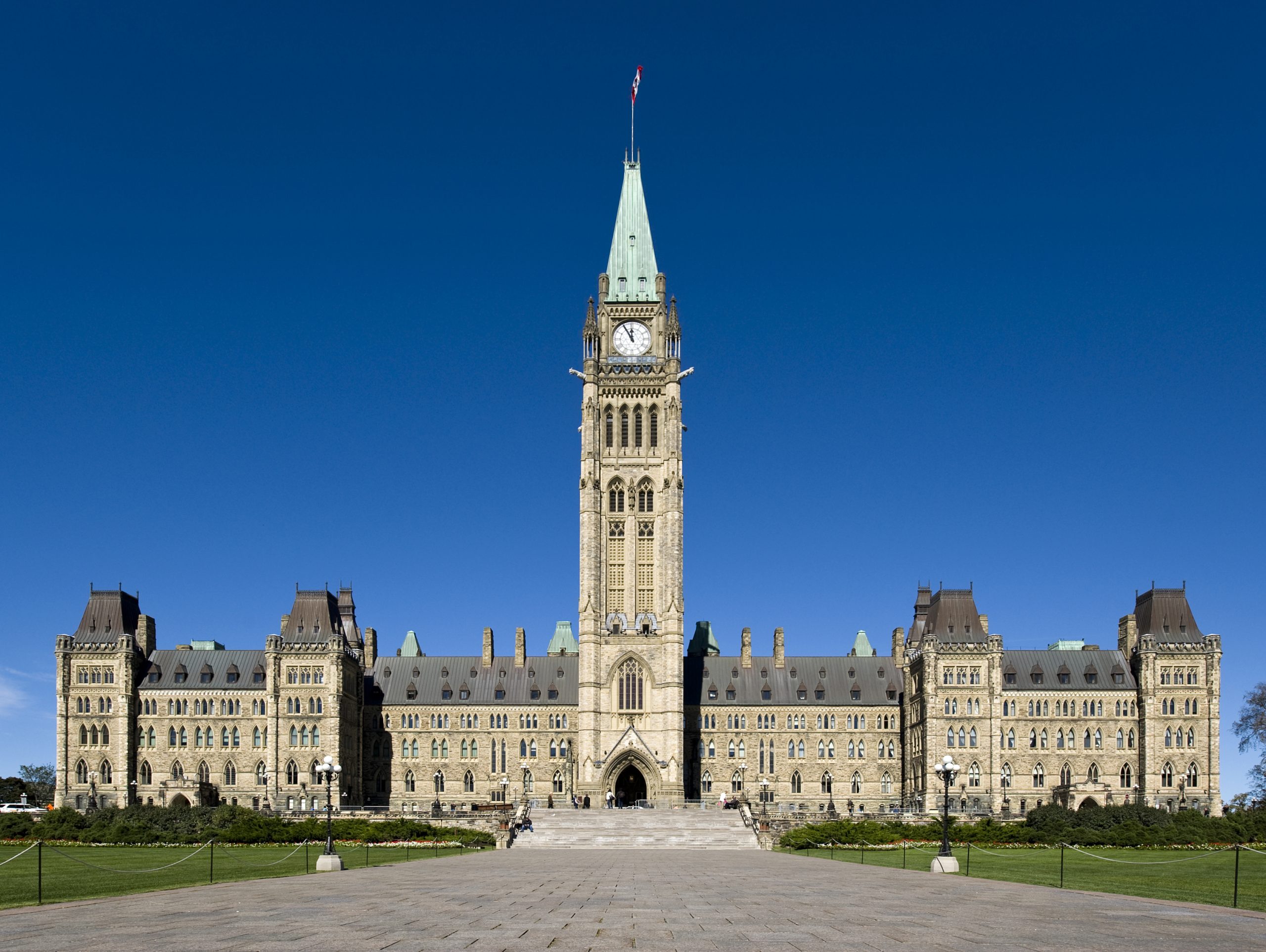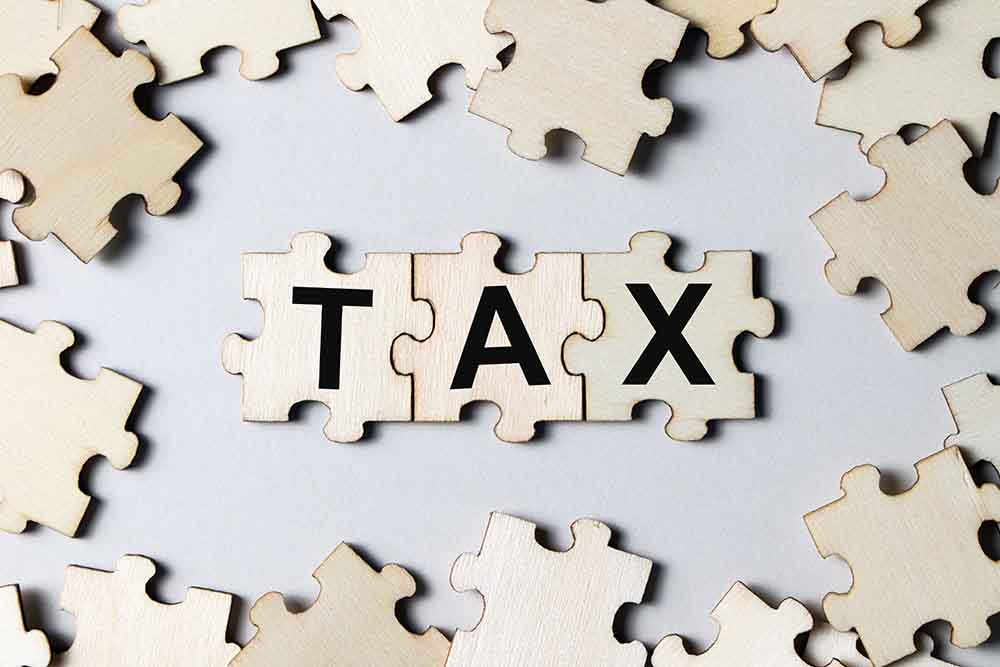Where exactly are we now in the global race for competitive tax rates? Yes, looking introspectively, only at ourselves, we are sprinting again with a credible expectation that we will keep up the pace. In setting long-term goals, Finance Minister Jim Flaherty signals that we are again a serious competitor. But we need to remember that other countries are fast-tracking, too. In Forbes magazine’s 2006 tax misery index, a scorecard of tax handicaps for 52 countries, 16 national governments cut taxes last year. In relative terms, Canada is running well back in the middle of the pack.
The Forbes tax misery index is especially relevant as a global guide because it measures top marginal tax rates typically paid by professional people and entrepreneurs. It adds together top marginal income tax rates, personal income tax rates, VAT and sales tax rates and social security tax rates. Canada’s score in the 2006 index: 111.2. In this measurement, 27 countries have lower rates, 24 have higher rates. Scores for countries that are always competitive in tax policy: Hong Kong, the front-running pacesetter (43.5), Singapore (76.0), Taiwan (82.1), Ireland (90.0) and South Korea (99.4). Scores for countries that are running harder: Russia (81.0), India (89.0), Latvia (91.1) and Estonia (96.9).
Oddly, the country that cut tax rates the most last year was France. On the Forbes tax misery index, France reduced its top personal income tax rates by eight points, reducing its index rate from 174.8 to 166.8. This incredible burst of energy notwithstanding, France remained the least competitive country in the race. (A high wage earner in France now pays a personal income tax rate of 40 per cent rather than 48 per cent and a supplementary flat tax of 11 per cent of salary as well.) France will need to cut its rates by another 10 points to approach Belgium (156.4), the second-last runner in the race. But Belgium has cut corporate tax rates this year and will probably widen the gap again. As everyone would expect, the original 15 European Union countries are together at the back of the pack. Sample scores: Sweden (151.0), Italy (148.0), Austria (144.4) and Germany (130.4).
Canada must stay competitive with the United States, of course. Here, in fact, we confront multiple competitors. New York State has the highest tax misery index in the United States (115.7), which is marginally higher than Canada’s score. Texas, on the other hand, has one of the lowest (94.6), which is comparable to such low-tax countries as Ireland and Latvia. Canada’s bilateral trade with Texas now approaches $20-billion a year; Mexico aside, Canada is Texas’s No. 1 trading partner.
Tax rates are an important factor in productivity and hence in prosperity. They are only one measure, though, of a country’s dependence on government. All 52 countries in this Forbes survey continue to spend more than they tax. This will surprise Canadians, who generally believe that we don’t. (Blame this, in fact, on unfunded federal liabilities.) The federal government hasn’t produced a deficit budget for years – and has begun to pay down the national debt. Yet we do appear to have some kind of Keynesian curse at work here. Canada’s total tax burden in 2004 was equal to 33 per cent of GDP; our total government spending was equal to 40.1 per cent. Our total tax burden in 2003 was equal to 33.9 per cent of GDP; our total government spending was equal to 40.1 per cent. Our total tax burden in 2002 was 33.5 per cent of GDP; our total government spending was equal to 40.1 per cent. Although these numbers don’t reflect the most recent federal budget, we’re running a persistent deficit equal to 7 per cent of GDP.
And we do tend to exaggerate the tax cuts that we do get. In 1965, Canada’s total tax burden was equal to 25.9 per cent of GDP. By 1980, this percentage had risen to 32.5, which was still less than we have now (33 per cent), all of our celebrated tax cuts notwithstanding.
The national gaps between taxes collected and money spent are remarkably similar. Among the 52 countries in the Forbes tax miseryindex, a few run deficits relatively greater than Canada’s, a few run deficits relatively smaller. The United States runs one of the larger deficits. The American total tax burden is equal to 25.5 per cent of GDP; the country’s total spending is equal to 36.4 per cent – a 10.9-percentage-point difference that’s exceeded only by Japan (11.5), Portugal (12.5) and Germany (12.9). All these structural deficits, of course, are simply deferred taxes.
Tax rates are still falling, marginally but persistently. By and large, government spending isn’t. We must take comfort where we can find it – in relative levels of taxation and spending. In absolute dollars, governments still spend as extravagantly as ever. Like most other countries, Canada is competing in what is more like a triathlon than a single event.
Middle of the misery pack
The Forbes 2006 tax misery index scores 52 countries based on top marginal income tax rates, personal income tax rates, VAT and sales tax rates and social security tax rates.
43.5 Hong Kong
76.0 Singapore
90.0 Ireland
111.2 Canada
130.4 Germany
148.0 Italy
151.0 Sweden
166.8 France


